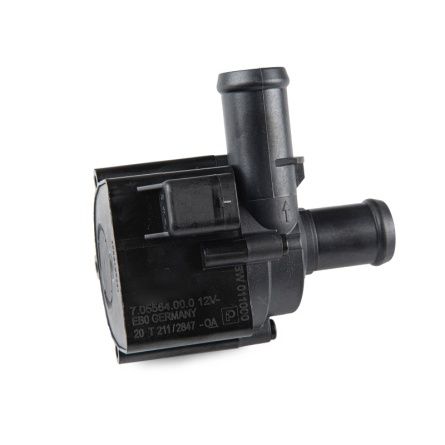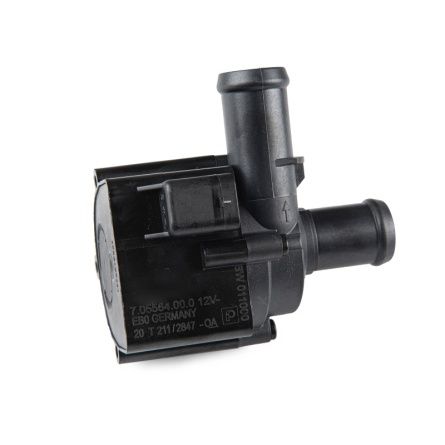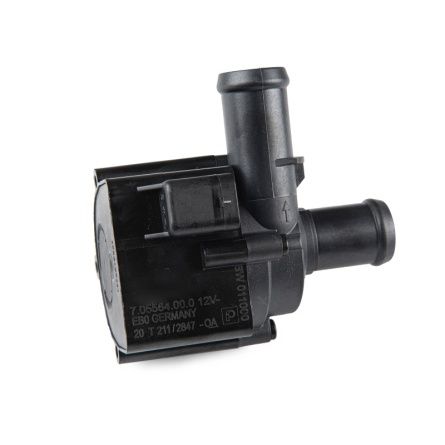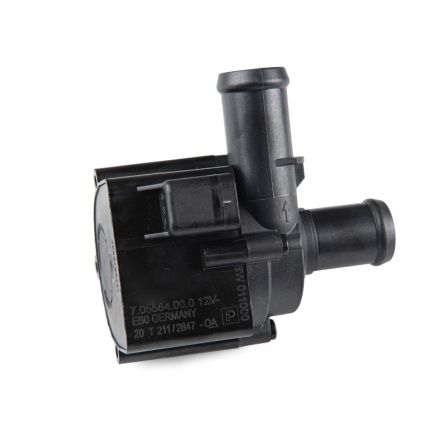Auxiliary water pumps
Auxiliary water pumps
In the complex world of modern automotive and industrial cooling systems, the auxiliary water pump plays a quietly essential role. This compact yet powerful device works alongside the main cooling pump to maintain precise temperature control, support turbocharged engines, enhance cabin heating, and ensure optimal performance under all operating conditions. Whether you’re a vehicle owner seeking improved engine reliability, a technician focused on system efficiency, or an enthusiast exploring the technology behind advanced thermal management, understanding the importance of auxiliary water pumps can make all the difference. They are the unsung heroes that keep engines cool, heaters warm, and systems running smoothly—proving that even the smallest components can have a major impact on performance and longevity.
Understanding Auxiliary Water Pumps
The primary purpose of an auxiliary water pump is to support and enhance the operation of the main cooling system by ensuring consistent and efficient circulation of coolant through critical components. Unlike the main water pump, which is typically driven by the engine’s belt or timing system, auxiliary pumps are usually electric and operate independently. This allows them to function even when the engine is turned off, maintaining the necessary flow of coolant where and when it’s needed most. In automotive applications, the auxiliary water pump is commonly used in several key areas. One of its most important functions is to assist the engine cooling system, particularly in vehicles equipped with turbochargers or high-performance engines that generate significant heat. By circulating coolant through the turbocharger or secondary cooling circuits, this pump helps prevent overheating and reduce thermal stress on engine components. Another vital role of auxiliary water pumps is in the vehicle’s climate control system. They ensure a steady flow of hot coolant to the heater core, improving cabin heating performance—especially noticeable during idling or when the engine is off in hybrid or electric vehicles. This function enhances passenger comfort without relying solely on engine-driven circulation. Beyond passenger vehicles, auxiliary pumps are also used in electric and hybrid vehicles to manage battery and inverter temperatures. In these systems, precise thermal control is critical for maintaining efficiency, safety, and battery longevity. In short, the auxiliary water pump is not merely a supporting component but an essential contributor to the overall performance, reliability, and comfort of modern vehicles and advanced systems.
Benefits of Electric Auxiliary Water Pumps
An electric auxiliary water pump offers a range of advantages over traditional mechanically driven pumps, providing greater efficiency, flexibility, and control in modern cooling and heating systems. One of the most significant benefits is its ability to operate independently of the engine’s speed. While mechanical pumps rely on the crankshaft for power—circulating coolant only when the engine is running—electric auxiliary pumps can function whenever needed, even after shutdown. This feature is particularly valuable for turbocharged engines, as it allows continued coolant flow to the turbocharger, preventing overheating and prolonging component life. Efficiency is another major advantage. The electric pump delivers coolant exactly where and when it’s required, reducing unnecessary energy consumption and minimizing thermal losses. By maintaining ideal operating temperatures, it contributes to improved fuel economy and lower emissions, making it a key part of efficiency-focused vehicle design. Electric pumps also provide exceptional precision and intelligent regulation. Integrated sensors and control modules can dynamically adjust pump speed based on temperature and system demand, ensuring stable cooling under varying conditions—from heavy traffic to high-speed driving. In hybrid and electric vehicles, they manage cooling for batteries, inverters, and electric motors, ensuring stable thermal performance, safety, and long component life.
Key Features to Consider
When choosing an auxiliary water pump, several important factors should be considered to guarantee durability, compatibility, and high performance. Because these pumps operate under high thermal stress, materials must withstand heat and corrosion while maintaining seal integrity over thousands of hours. Compatibility with OEM specifications is also vital—using the correct voltage, connector type, and flow rate prevents malfunction and ensures seamless system integration. High-efficiency designs with variable-speed control further enhance energy management and reduce strain on the electrical system. A compact, plug-and-play design simplifies replacement and reduces maintenance time. By focusing on quality construction, precise specifications, and energy-efficient design, users can be confident their auxiliary water pump will deliver long-lasting performance and dependable cooling efficiency.
Maintenance and Troubleshooting
Proper maintenance of auxiliary water pumps is crucial for consistent operation and extended service life. Routine inspections should include checking coolant level and quality, ensuring no contamination or leaks in hoses and fittings, and verifying electrical connections remain corrosion-free. Even a minor issue, such as trapped air or a worn bearing, can lead to irregular flow or overheating. Listening for abnormal noise or vibration can help detect early failure signs. It’s equally important to confirm electrical integrity—faulty relays, damaged wiring, or a blown fuse can interrupt pump operation. When replacing an old unit, always bleed the cooling system to remove air pockets and use only manufacturer-recommended coolant to prevent corrosion. Over time, replacing the auxiliary water pump with a high-quality equivalent ensures reliable operation and protects the entire cooling system. Regular attention to coolant health, electrical connections, and proper flow not only prolongs pump life but also safeguards the engine, turbocharger, and climate system from avoidable damage—keeping the entire vehicle performing at its best.




